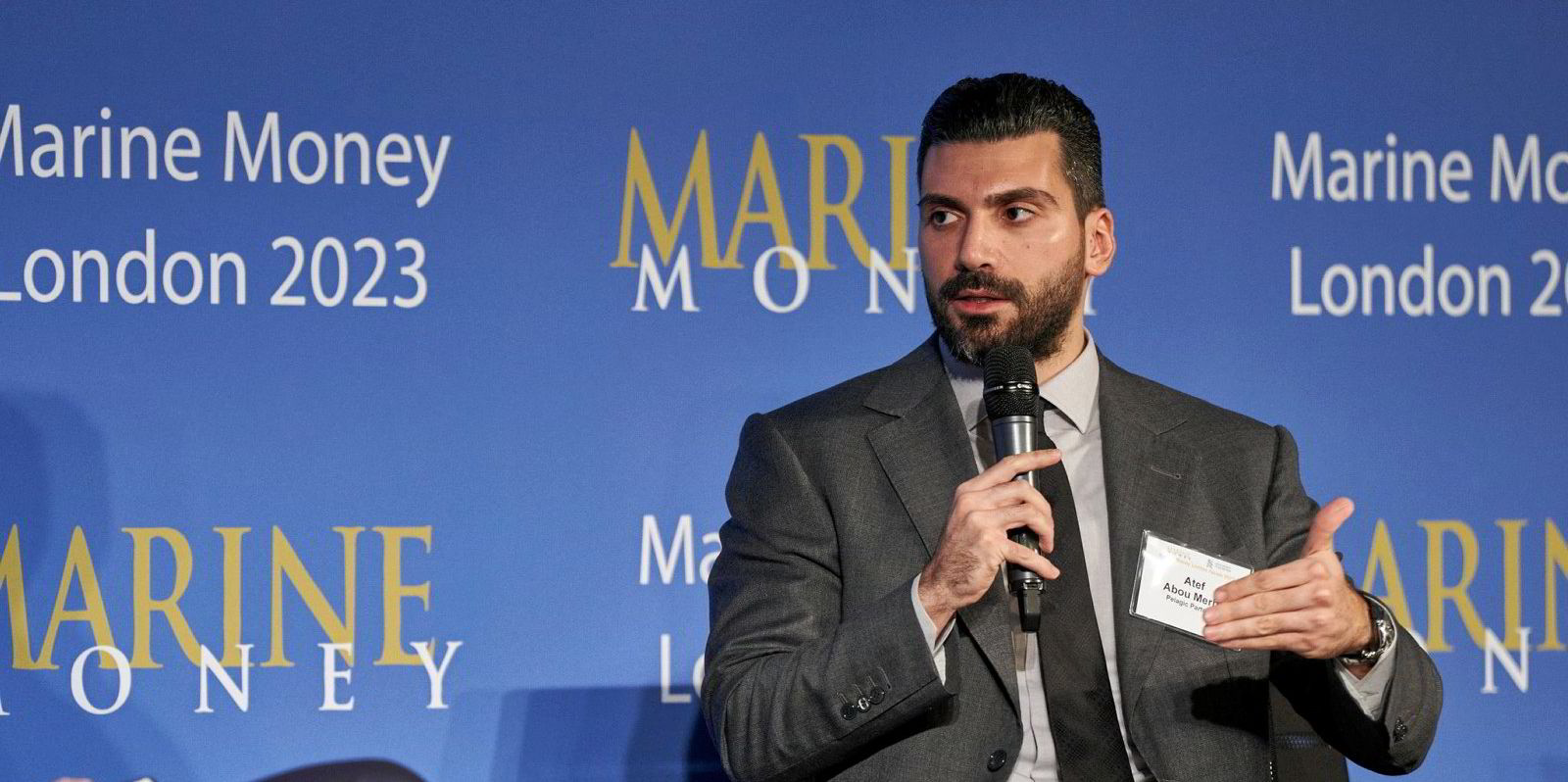Clarksons Project Finance (CPF) has been revealed as the major backer of the first new western offshore support vessel (OSV) order since the downturn.
The deal by unknown Norwegian newcomer Hercules Supply for up to three 4,700-dwt multipurpose platform supply vessels (MPSVs) in China was reported on Wednesday.
Hercules is a new operation set up by CPF and Clarksons Project Finance Shipping (CPFS), part of UK shipbroker Clarksons, according to CPF managing partner Christian Svensson.
Clarksons' Maritime Yield Company (MYC) has 23% of Hercules, and other investors 77%.
MYC was established in 2021 by employees of CPFS and associated companies to invest equity in vessels.
The company acts as disponent owner for seven ships within the offshore, tanker and expedition cruise segment.
Hercules is “a traditional shipping project where there are around 20 to 25 shareholders,” Svensson told TradeWinds.
Clarksons Business Management is the corporate manager and Scotland’s Fletcher Offshore Services has technical and commercial management, as well as a 20% stake in Hercules, making it the second largest investor after Clarksons itself.
The rest is split primarily between wealthy Norwegian family offices and private individuals, TradeWinds is told.
Fletcher Group is a North Sea owner and manager with 14 PSVs in its fleet.
Bargain price

Hercules has bagged itself a bargain price for the first firm ship, with two options attached.
The contract price at Fujian Mawei Shipbuilding is $34.4m, with the delivered cost in 2025 estimated at around $37.5m, including project supervision.
Of this, $21.65m has been raised in equity, with Hercules set to seek another $20m in debt financing.
CPF and CPFS chairman Bjorn Wicklund has acquired a 2% stake in the project for $433,000.
Before the share issue, $13.7m was pre-subscribed by Fletcher boss Keith Fletcher, MYC and other investors.
The MPSV is based on the yard's WSD 1000 design.
The vessel was supposed to be the last in a series of six sisters to be built at Fujian.
Never delivered to Seatankers
Three were bought by John Fredriksen's Seatankers company, which only ever took delivery of two due to the pandemic.
The hull of the third was never built, but all the main equipment like generators, thrusters and the electrical switchboard has been kept in airconditioned storage until now.
“As the hull was never erected, this new design has been modified to better meet operational requirements from charterers,” CPF said in a presentation to investors.
The ship “will most probably be the first advanced supply vessel contracted since the offshore market’s downturn,” it added.
Two hybrid emergency rescue and response vessels (ERRVs): bareboat charter to Esvagt
Two UT 717 CDX supply vessels
One 27,000-dwt product tanker: eight-year bareboat charter to Navalmed
One UT 755 LN PSV: five-year bareboat charter to Fletcher Offshore
One expedition cruise ship: five-year bareboat charter
Existing shipowners are busy restructuring their huge debt levels and a similar MPSV newbuilding in Norway today would cost between $60m and $65m, the company explained.
“If the same Norwegian-designed vessel was to be built in China today, the delivered price would probably lie around $45m to $50m,” it added.
“For all practical purposes no newbuilding vessels have been contracted … post-2014,” CPF said.
The Z 4423 MPSV design is 88 metres long and fitted with battery hybrid propulsion, a moonpool and accommodation for 60 people.
“With a focus on functionality and efficiency, this design provides flexibility to perform tasks within different offshore segments, such as conventional platform supply service, light construction work, geo-seismic and offshore wind,” Norwegian designer Breeze Ship Design said.
“Since we have redesigned the original design, we need to make a complete set of new drawings. This is why the vessel has a new design name,” Svensson told TradeWinds.
One offshore shipping source said the order is an interesting development, “specifically proving that there is capital available in the OSV space for newbuilds as well as secondhand transactions.”
The source added: “When considering the ageing fleet, limited orderbook and rising worldwide demand, one unit delivered in Q4 2025 is expected to have a limited impact on the North Sea fleet balance.”





